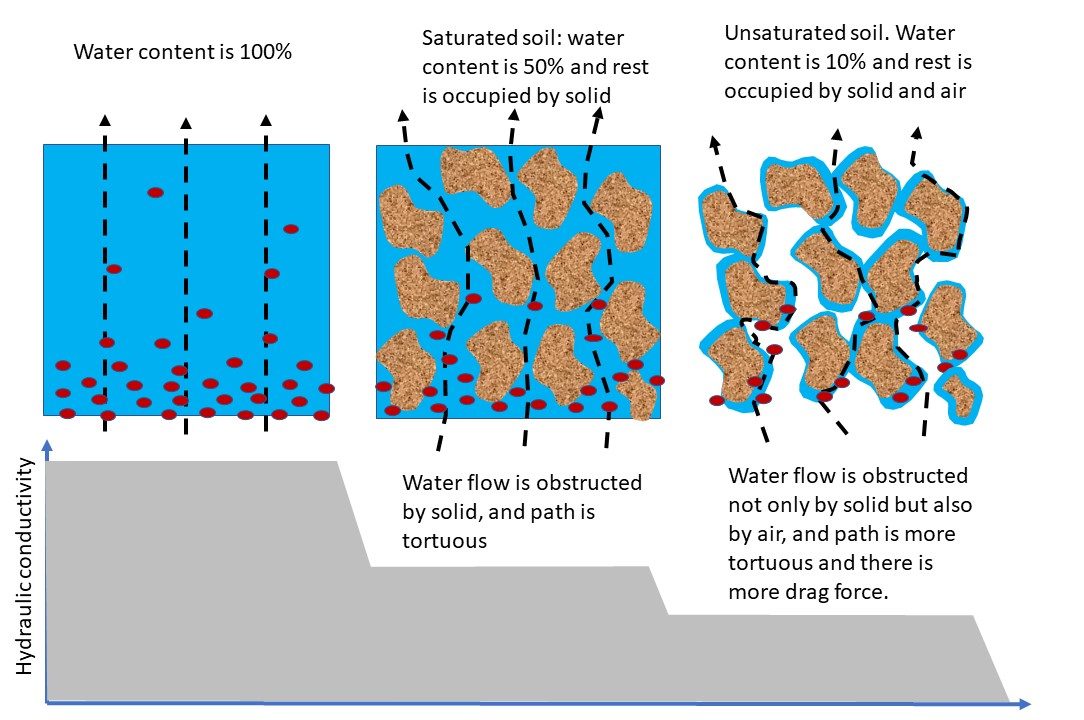Introduction
- Soil physics is the study of soil physical properties and processes, including measurement and prediction under natural and managed ecosystems.
- The science of soil physics deals with the forms, interrelations, and changes in soil components and multiple phases. The typical components are: mineral matter, organic matter, liquid, and air. Three phases are solid; solution and gas, and more than one liquid phase may exist in the case of non-aqueous contamination.
- The study of the physical phenomena of soil in relation to atmospheric conditions, plant growth, soil properties and anthropogenic activities is called physical edaphology.
- Study of soil in relation to plant growth is called edaphology, whereas study of soil’s physical properties and processes in relation to plant growth is called physical edaphology.
- Soil physics is the study of state and transport of all form of matter and energy in soil.
